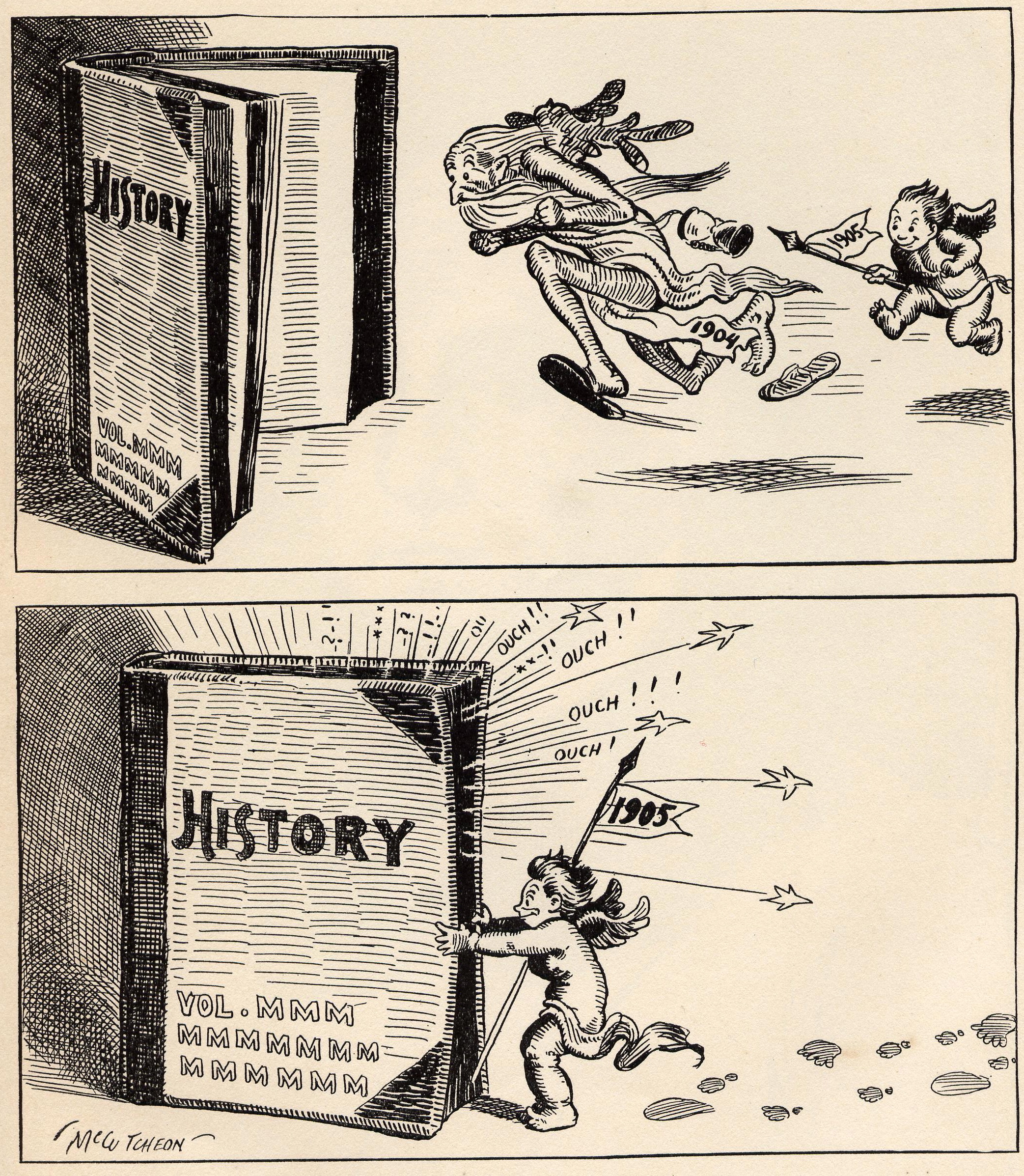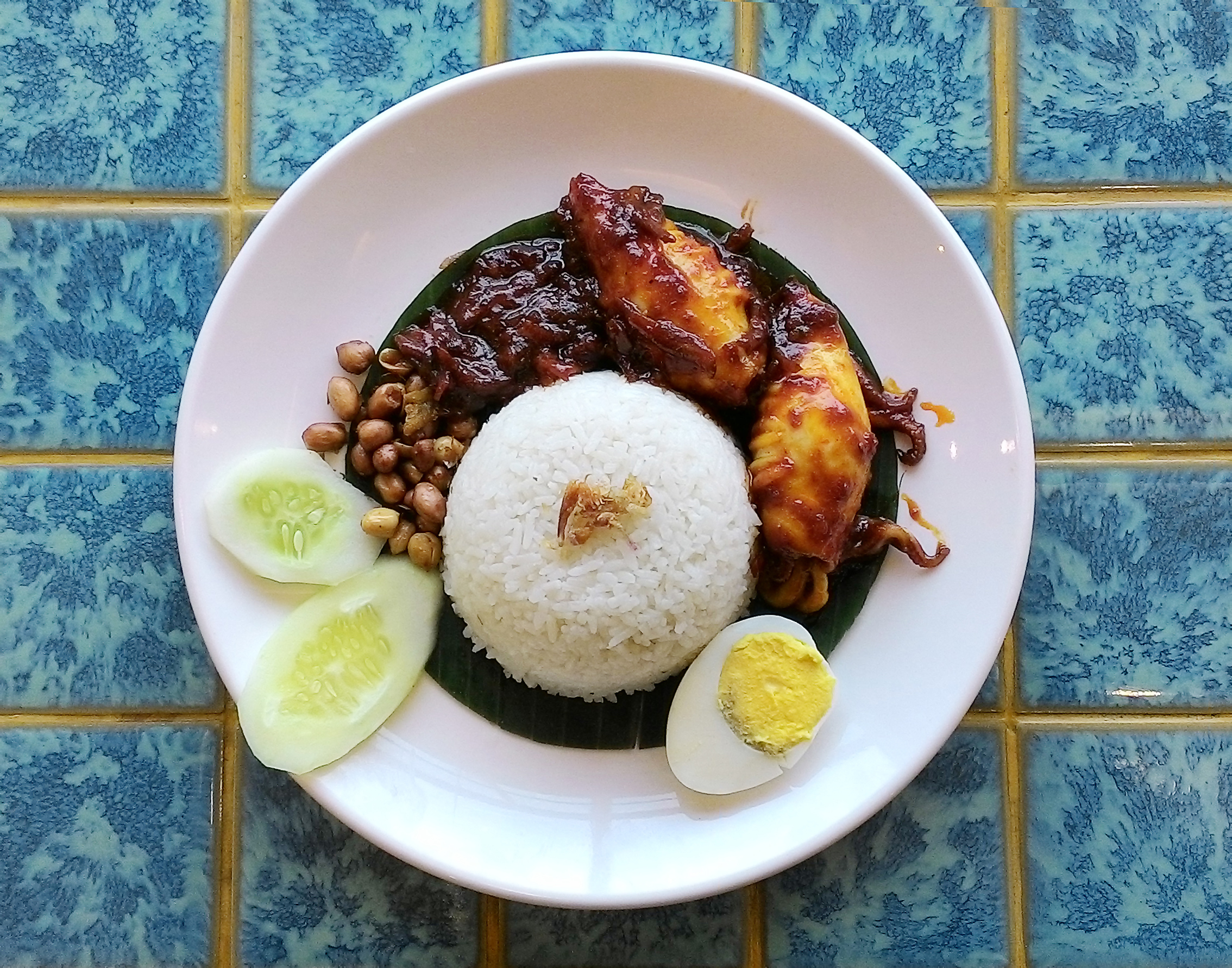|
Chua Jim Neo
Chua Jim Neo (; 1905 – 7 August 1980) was a Singaporean chef and cookbook writer best known for ''Mrs. Lee's Cookbook'', which preserves the recipes of Peranakan cuisine. Chua was also the mother of Lee Kuan Yew, the first Prime Minister of Singapore and the paternal grandmother of Lee Hsien Loong, the third Prime Minister of Singapore. Biography Chua was born in Singapore in 1905 to Chua Kim Teng, a wealthy local businessman, and Liong A Soen (aka Neo Ah Soon), a Chinese Indonesian of Hakka people, Hakka descent who hailed from Pontianak, West Kalimantan, Dutch East Indies (present-day Indonesia). While her father was born in Singapore, her paternal grandfather came from a Hokkien people, Hokkien Peranakan family in Malacca, Malaysia with ancestry from Haicheng, Fujian, Haicheng, Zhangzhou, Fujian. Her parents then arranged a marriage for her to a storekeeper named Lee Chin Koon and they married when she was sixteen, whilst he was eighteen years old in 1921. Chua and Lee ha ... [...More Info...] [...Related Items...] OR: [Wikipedia] [Google] [Baidu] |
Singapore In The Straits Settlements
Singapore was part of the Straits Settlements between 1826 and 1942, together with Penang and Malacca. Singapore was the capital and the seat of government of the Straits Settlements after it was moved from George Town in 1832. From 1830 to 1867, the Straits Settlements was a residency, or subdivision, of the Presidency of Bengal, in British India. In 1867, the Straits Settlements became a separate Crown colony, directly overseen by the Colonial Office in Whitehall in London. The period saw Singapore establish itself as an important trading port and developed into a major city with a rapid increase in population. The city remained as the capital and seat of government until British rule was suspended in February 1942, when the Imperial Japanese Army invaded Singapore during World War II. Following the war, it was officially replaced by the Colony of Singapore in 1946. Beginning of British rule in Singapore In 1819, the British official, Stamford Raffles, landed in Singa ... [...More Info...] [...Related Items...] OR: [Wikipedia] [Google] [Baidu] |
Haicheng, Fujian
Haicheng () is a town of Longhai City, Fujian, China. , it has 5 residential communities and 19 villages under its administration. History Haicheng used to be known as Yuegang () for its crescent-shaped shoreline. It was a bustling port during the Ming dynasty even under the sea ban (''haijin'') which prohibited private maritime trade. Following the revocation of the sea ban in the 1567, the old smuggling port of Yuegang was renamed to Haicheng ("clear seas") and was designated to be the port where foreign trade (except with Japan) was to be conducted in Fujian. Haicheng became a key port for China's silver trade with Manila in the Spanish Philippines The Philippines, officially the Republic of the Philippines, is an Archipelagic state, archipelagic country in Southeast Asia. Located in the western Pacific Ocean, it consists of List of islands of the Philippines, 7,641 islands, with a tot ... and rose to become one of Fujian's four main commercial ports. References ... [...More Info...] [...Related Items...] OR: [Wikipedia] [Google] [Baidu] |
1980 Deaths
Events January * January 4 – U.S. President Jimmy Carter proclaims a grain embargo against the USSR with the support of the European Commission. * January 6 – Global Positioning System time epoch begins at 00:00 UTC. * January 9 – In Saudi Arabia, 63 Islamist insurgents are beheaded for their part in the siege of the Great Mosque in Mecca in November 1979. * January 14 – Congress (I) party leader, Indira Gandhi returns to power as the Prime Minister of India. * January 20 – At least 200 people are killed when the Corralejas Bullring collapses at Sincelejo, Colombia. * January 21 – The London Gold Fixing hits its highest price ever of $843 per troy ounce ($2,249.50 in 2020 when adjusted for inflation). * January 22 – Andrei Sakharov, Soviet scientist and human rights activist, is arrested in Moscow. * January 26 – Israel and Egypt establish diplomatic relations. * January 27 – Canadian Caper: Six United States diplomats, posing as Canadians, mana ... [...More Info...] [...Related Items...] OR: [Wikipedia] [Google] [Baidu] |
Singaporean People Of Chinese Descent
Singaporeans are the citizens and nationals of the sovereign island city-state of Singapore. Singapore is home to a people of a variety of ethno-racial-religious origins, with the city-state itself being a multi-racial, multi-cultural, multi-religious, multi-denominational, multi-lingual, and multi-ethnic country. Singaporeans of Chinese, Malay, Indian and Eurasian descent have made up the overwhelming majority of the population since the 19th century. The Singaporean diaspora is also far-reaching worldwide. In 1819, the port of Singapore was established by Sir Stamford Raffles, who opened it to free trade and free immigration on the island's south coast. Many immigrants from the region settled in Singapore. By 1827, the population of the island was composed of people from various ethnic groups². Singapore is a multilingual and multicultural society. It is home to people of many different ethnic, racial, religious, denominational, and national origins -- the major ... [...More Info...] [...Related Items...] OR: [Wikipedia] [Google] [Baidu] |
1905 Births
As the second year of the massive Russo-Japanese War begins, more than 100,000 die in the largest world battles of that era, and the war chaos leads to the 1905 Russian Revolution against Nicholas II of Russia (Dmitri Shostakovich, Shostakovich's Symphony No. 11 (Shostakovich), 11th Symphony is subtitled ''The Year 1905'' to commemorate this) and the start of Revolution in the Kingdom of Poland (1905–07), Revolution in the Kingdom of Poland. Canada and the U.S. expand west, with the Alberta and Saskatchewan provinces and the founding of Las Vegas. 1905 is also the year in which Albert Einstein, at this time resident in Bern, publishes his four Annus Mirabilis papers, ''Annus Mirabilis'' papers in ''Annalen der Physik'' (Leipzig) (March 18, May 11, June 30 and September 27), laying the foundations for more than a century's study of theoretical physics. Events January * January 1 – In a major defeat in the Russo-Japanese War, Russian General Anatoly Stessel su ... [...More Info...] [...Related Items...] OR: [Wikipedia] [Google] [Baidu] |
Singapore Women's Hall Of Fame
The Singapore Women's Hall of Fame is a virtual hall of fame that honors and documents the lives of historically significant women in Singapore. The hall is the creation of the Singapore Council of Women's Organisations (SCWO), and grew out of an earlier nine-member wall of fame that the organization created in 2005. Categories of achievement The Hall recognizes women in thirteen categories of achievement: History The hall of fame was launched on 14 March 2014, with 108 initial inductees. A five-person selection committee headed by Ambassador Tommy Koh selected the initial inductees from over 200 nominees; the committee took over a year to make its selections. President of Singapore Tony Tan and his wife Mary Tan – a patron of the Singapore Council of Women's Organisations – were the guests of honor at the launch, and presented some of the awards to the recipients at the launch gala. Eleven additional women were inducted in 2015, in a ceremony on International Women ... [...More Info...] [...Related Items...] OR: [Wikipedia] [Google] [Baidu] |
Mount Vernon Columbarium
Mount Vernon Columbarium was a columbarium complex on Mount Vernon, Singapore. Built in 1962 as a crematorium, the columbarium closed in 2018 to make way for future redevelopments in the upcoming Bidadari, Singapore, Bidadari housing estate, with plans for a new funeral parlour complex to be completed by 2025. History Plans for a new crematorium in the area were first announced in 1954, which was to be built on either Mount Vernon or on Lornie Road overlooking MacRitchie Reservoir. The site on Mount Vernon was previously a multi-religious burial ground. Mount Vernon was selected as the site of the crematorium in May, and was built later that year. The crematorium, known as the Mount Vernon Crematorium, was completed in October 1962, and only had one service hall, holding around four cremations a week. Plans for a $500,000 expansion of the crematorium were announced in May 1974 due to the increasing popularity of cremation. The extension was completed in May 1975, and cost $250,000. ... [...More Info...] [...Related Items...] OR: [Wikipedia] [Google] [Baidu] |
President Of Singapore
The president of the Republic of Singapore, is the head of state of Singapore. The president represents the country in official diplomatic functions and possesses certain executive powers over the government of Singapore, including the control of the Reserves of the Government of Singapore, national reserves and the ability to revoke and appoint public service appointments. After Singapore achieved Self-governance of Singapore#Full internal self-government (1959–1963), full internal self-governance from the British Empire in 1959, the ceremonial office of the ''Yang di-Pertuan Negara'' ( "Lord of the State") was created. The office was later succeeded by the President of Singapore after Singapore's Independence of Singapore Agreement 1965, independence in 1965. The initial role of the president was largely ceremonial and symbolic, carrying limited residual powers; prior to 1991, the president was solely appointed by Parliament. Singapore follows a Head of state#Non-executi ... [...More Info...] [...Related Items...] OR: [Wikipedia] [Google] [Baidu] |
Wee Kim Wee
Wee Kim Wee (4 November 1915 – 2 May 2005) was a Singaporean journalist and diplomat who served as the fourth president of Singapore between 1985 and 1993. Born in Singapore in the Straits Settlements, Singapore during colonial rule, Wee was educated at Outram Secondary School and Raffles Institution, dropping out to work at ''The Straits Times'' in 1930. He left ''The Straits Times'' to join the United Press Associations in 1941, working there through the World War II, Second World War and eventually becoming the office manager and chief correspondent by 1959. That same year, he returned to ''The Straits Times'' after being offered the position of Deputy Editor. During his time with them, he was best known for his interview of Lieutenant General Suharto, where he reported his intentions for peace during the Indonesia–Malaysia confrontation. He also became the first Singaporean journalist to enter Jakarta when he went to interview Suharto. He retired from journalism in 1973 ... [...More Info...] [...Related Items...] OR: [Wikipedia] [Google] [Baidu] |
Malay Cuisine
Malay cuisine (; Jawi script, Jawi: ) is the traditional food of the ethnic Malays of Southeast Asia, residing in modern-day Malaysia, Indonesia (parts of Sumatra and Kalimantan), Singapore, Brunei, Southern Thailand and the Philippines (mostly southern) as well as Cocos (Keeling) Islands, Cocos Islands, Christmas Island, Sri Lanka and South Africa. The main characteristic of traditional Malay cuisine is the generous use of spices. Coconut milk is also important in giving Malay dishes their rich, creamy character. The other foundation is ''belacan'' (prawn paste), which is used as a base for , a rich sauce or condiment made from , chili pepper, chilli peppers, onions and garlic. Malay cooking also makes plentiful use of lemongrass and galangal. Nearly every Malay meal is served with rice, which is also the staple food in many other Asian cultures. Although there are various types of dishes in a Malay meal, all are served at once, not in courses. A typical meal consists of a ... [...More Info...] [...Related Items...] OR: [Wikipedia] [Google] [Baidu] |



